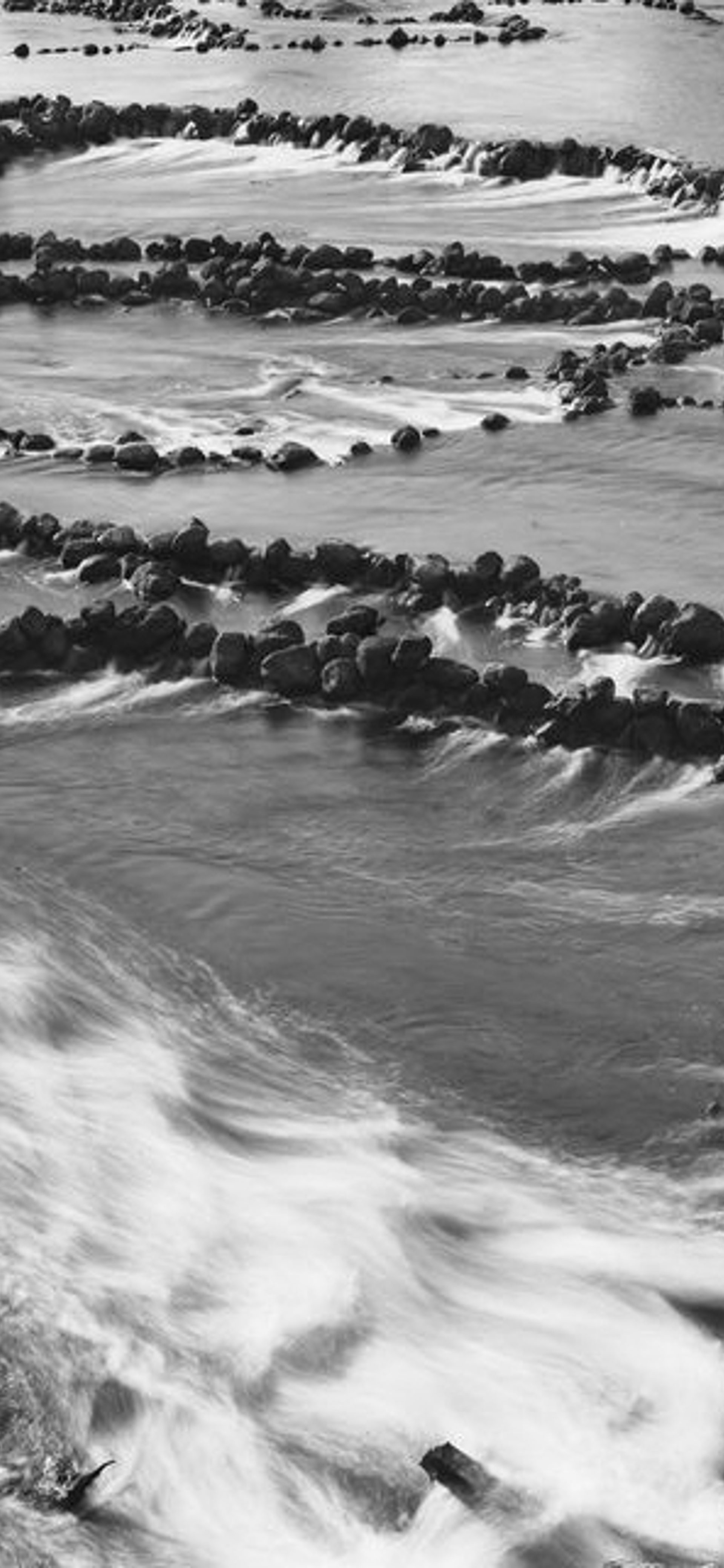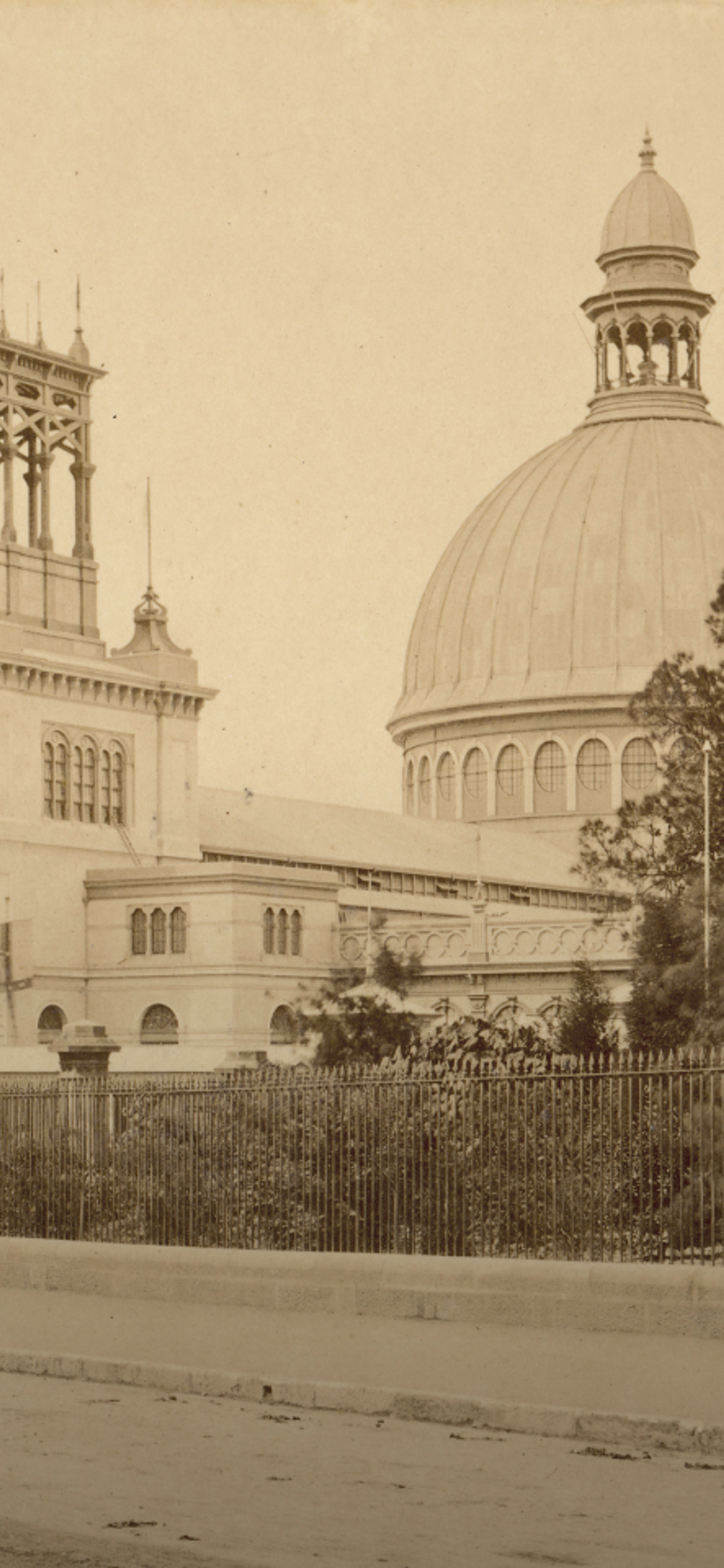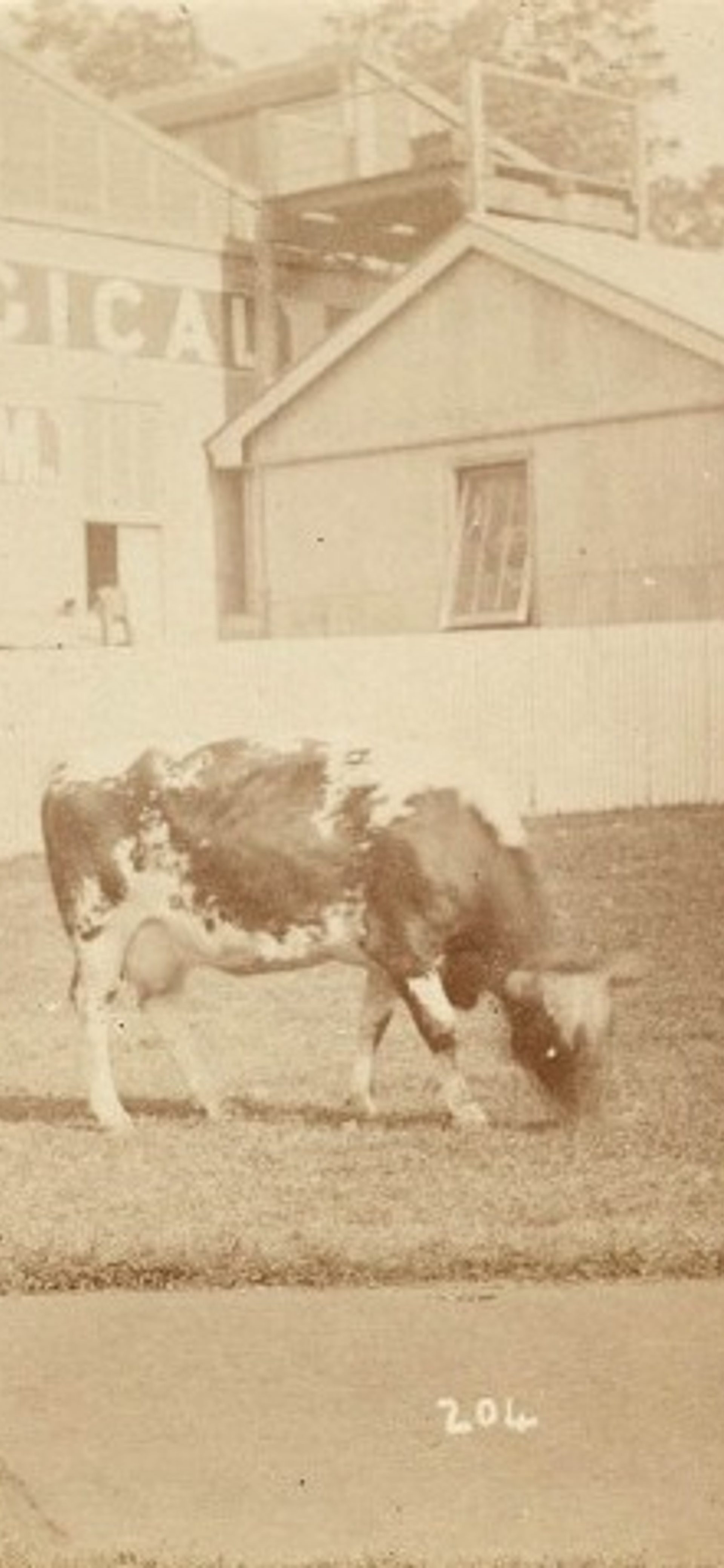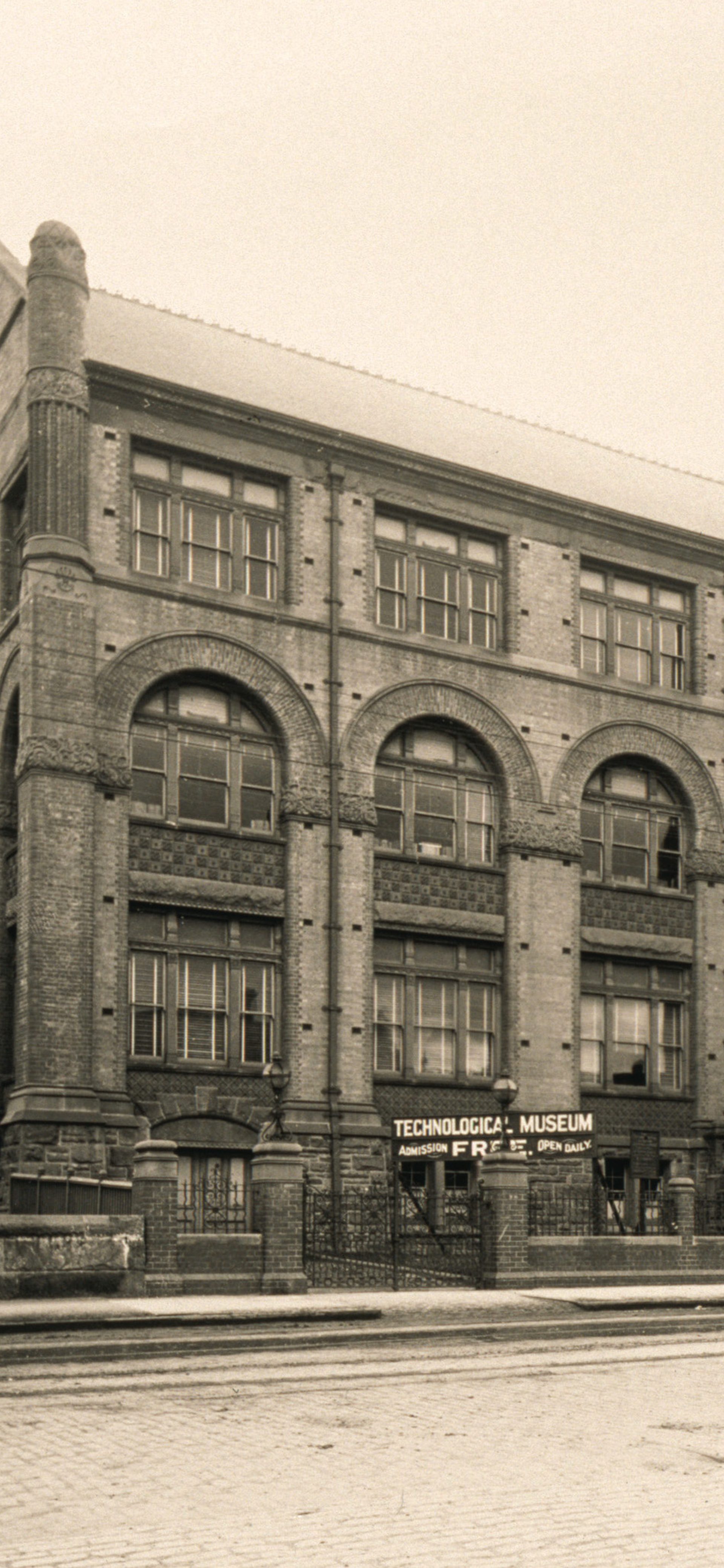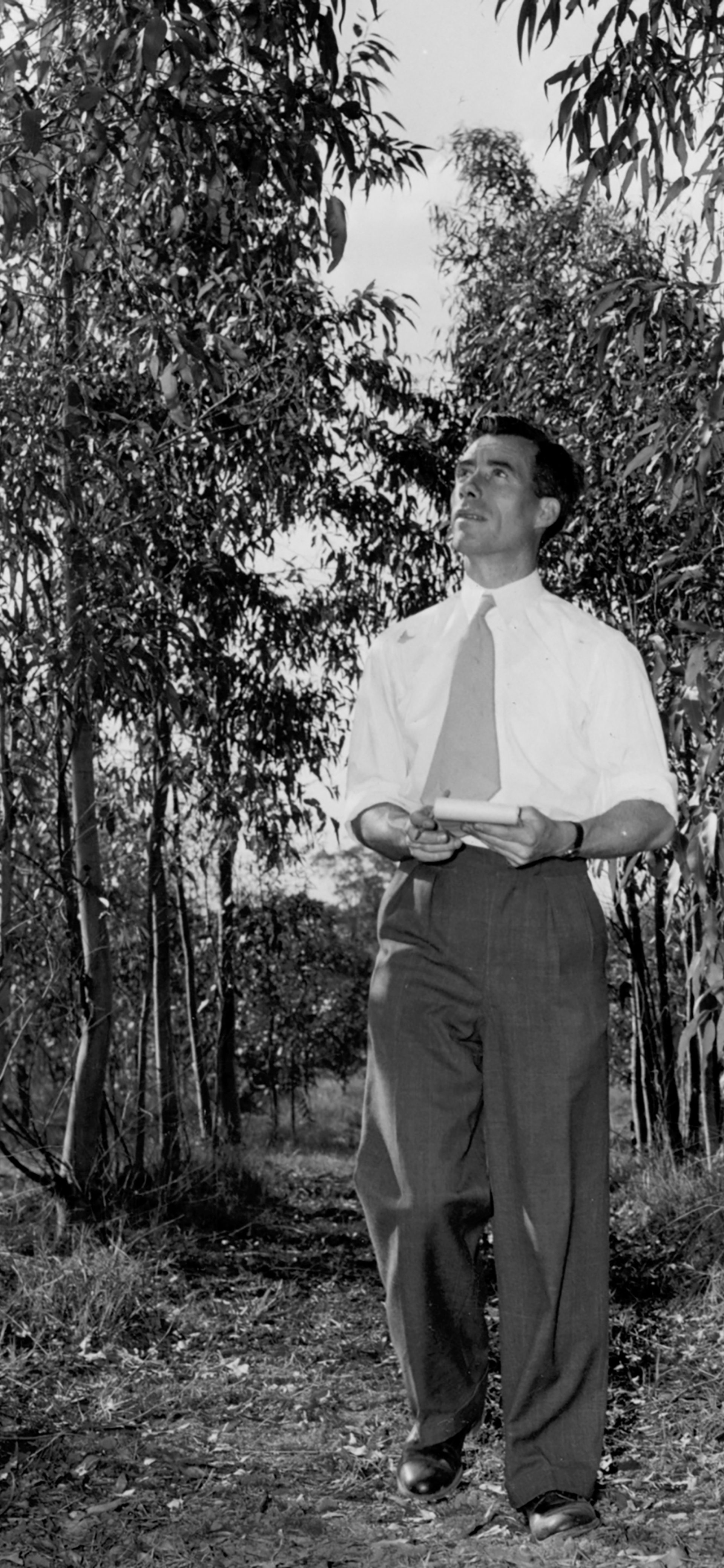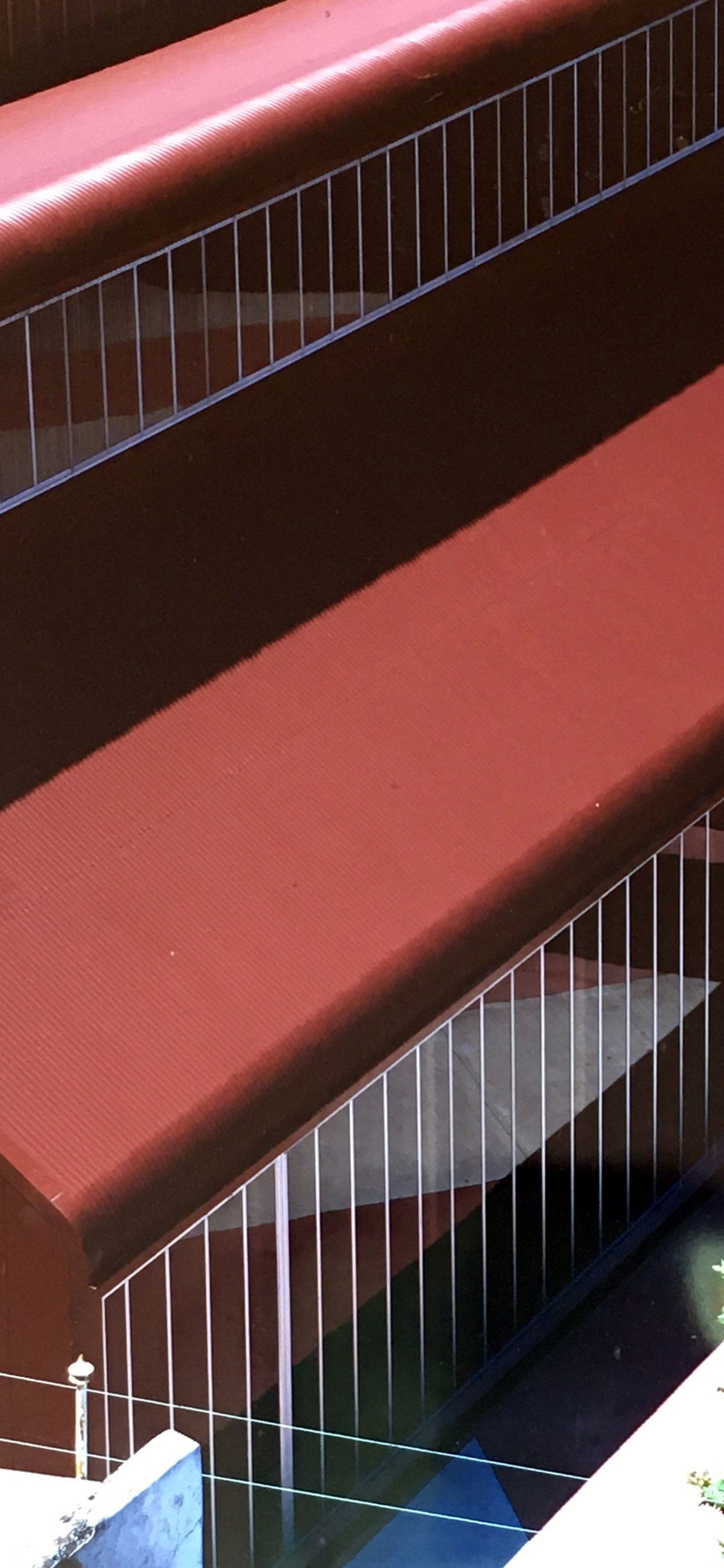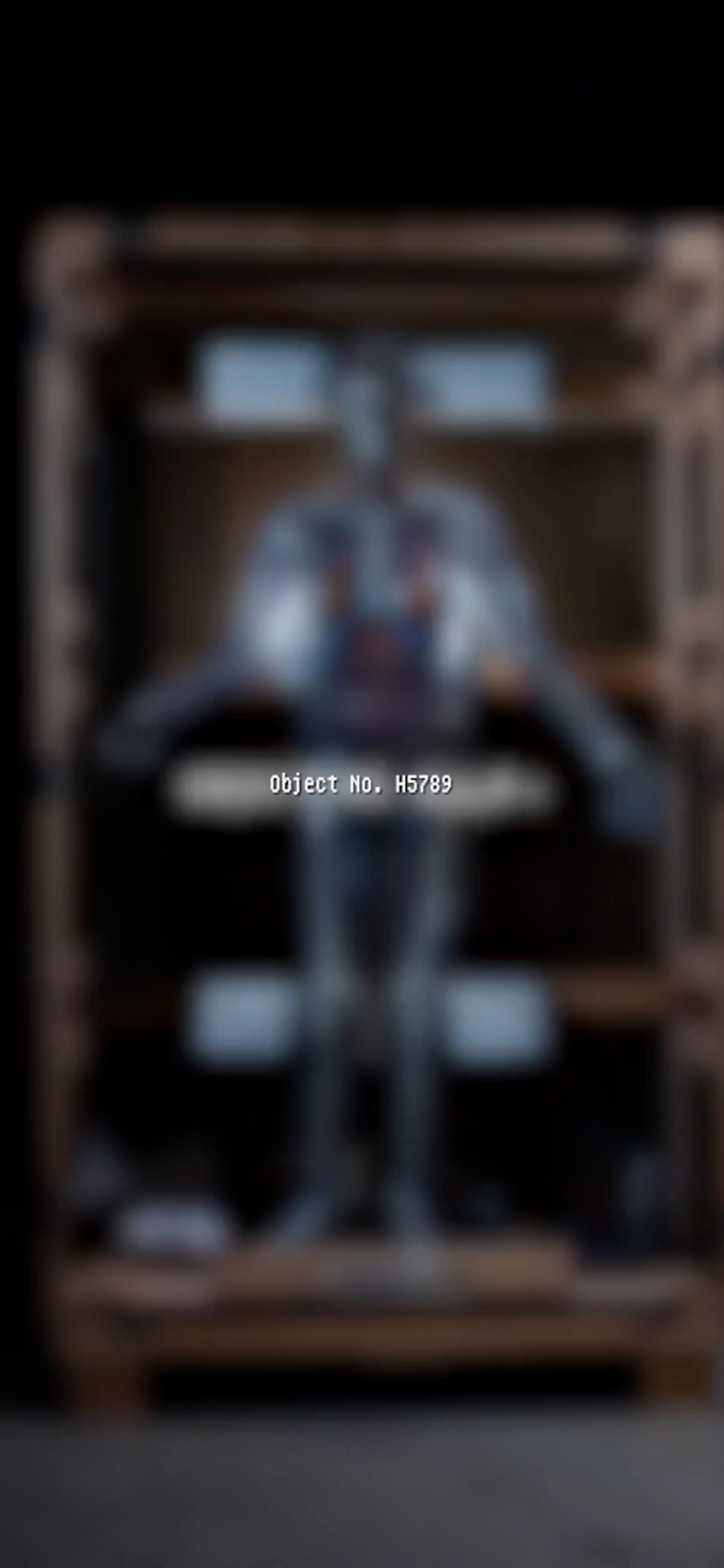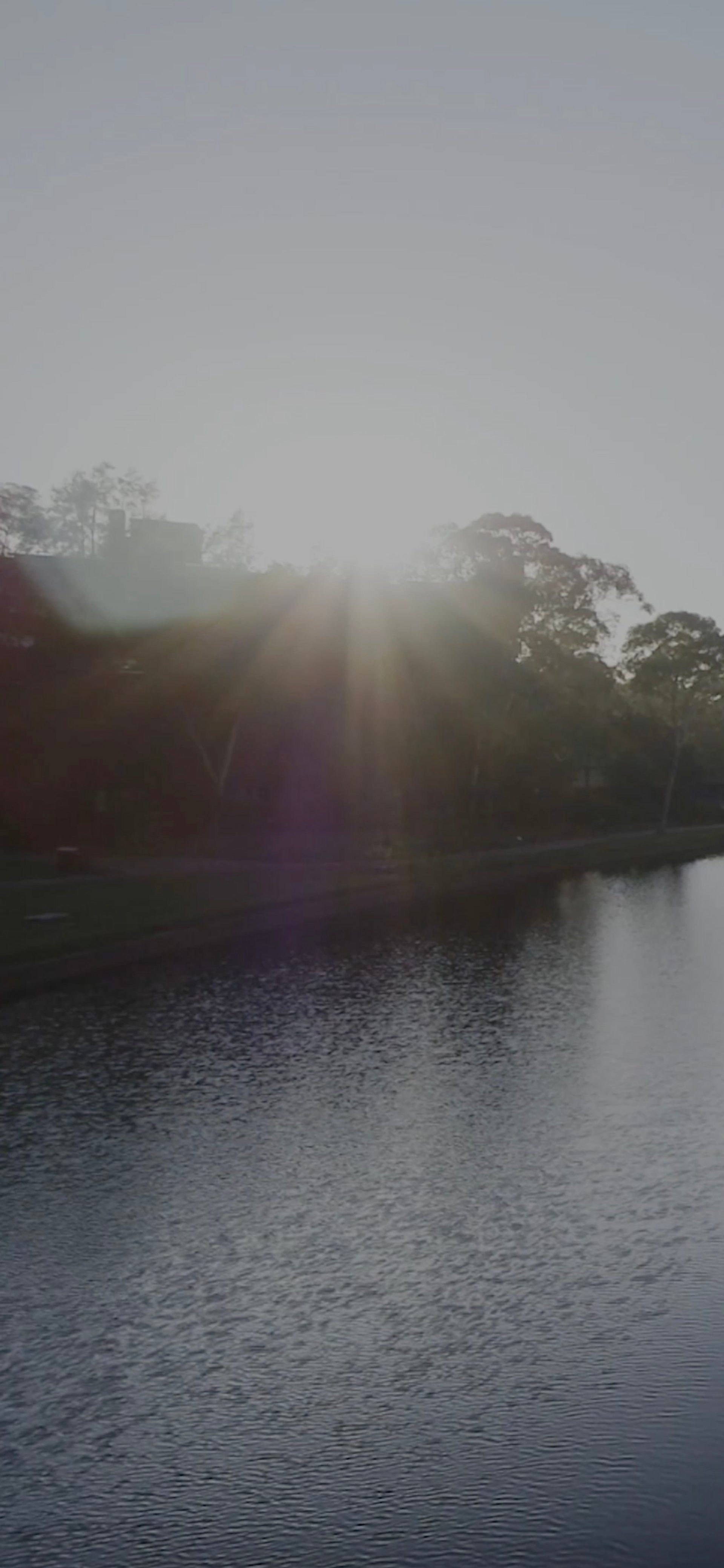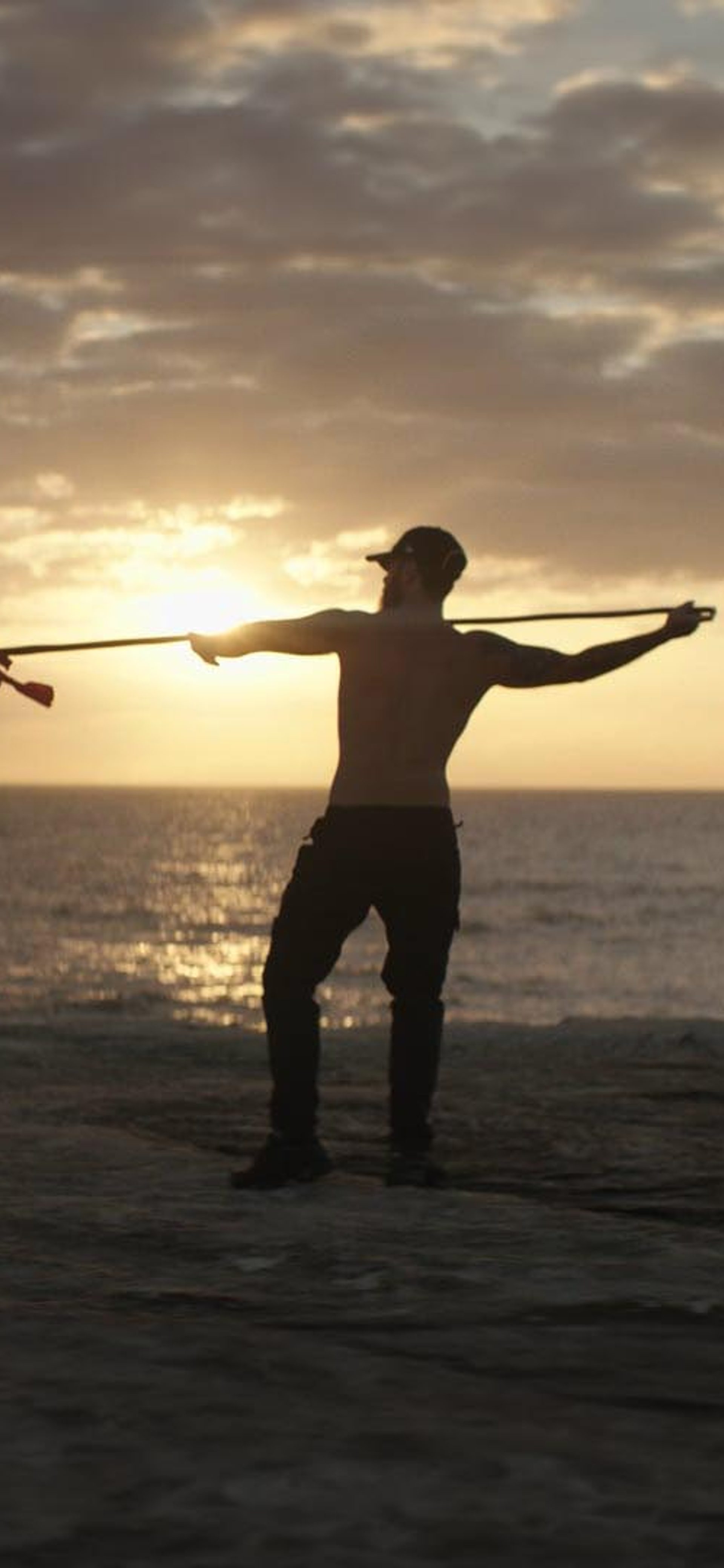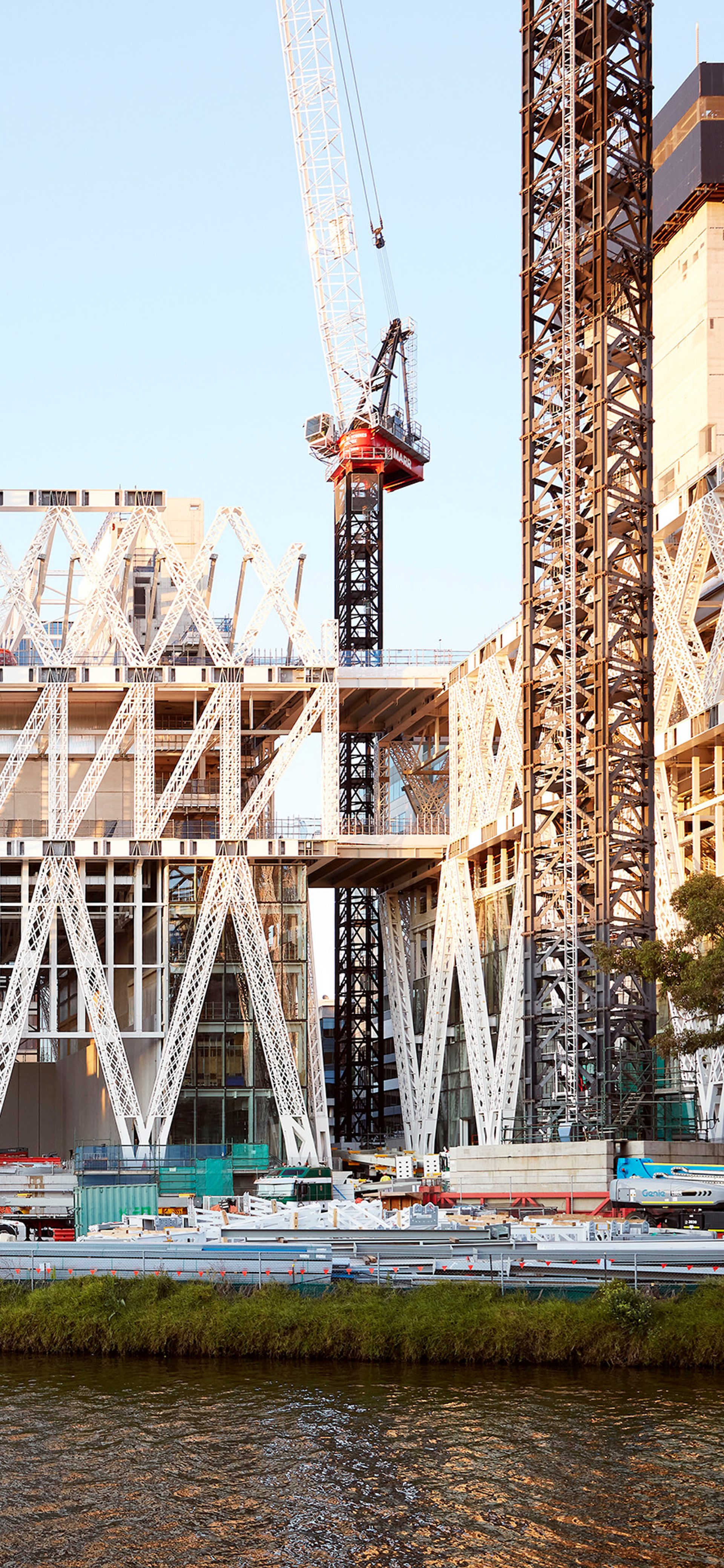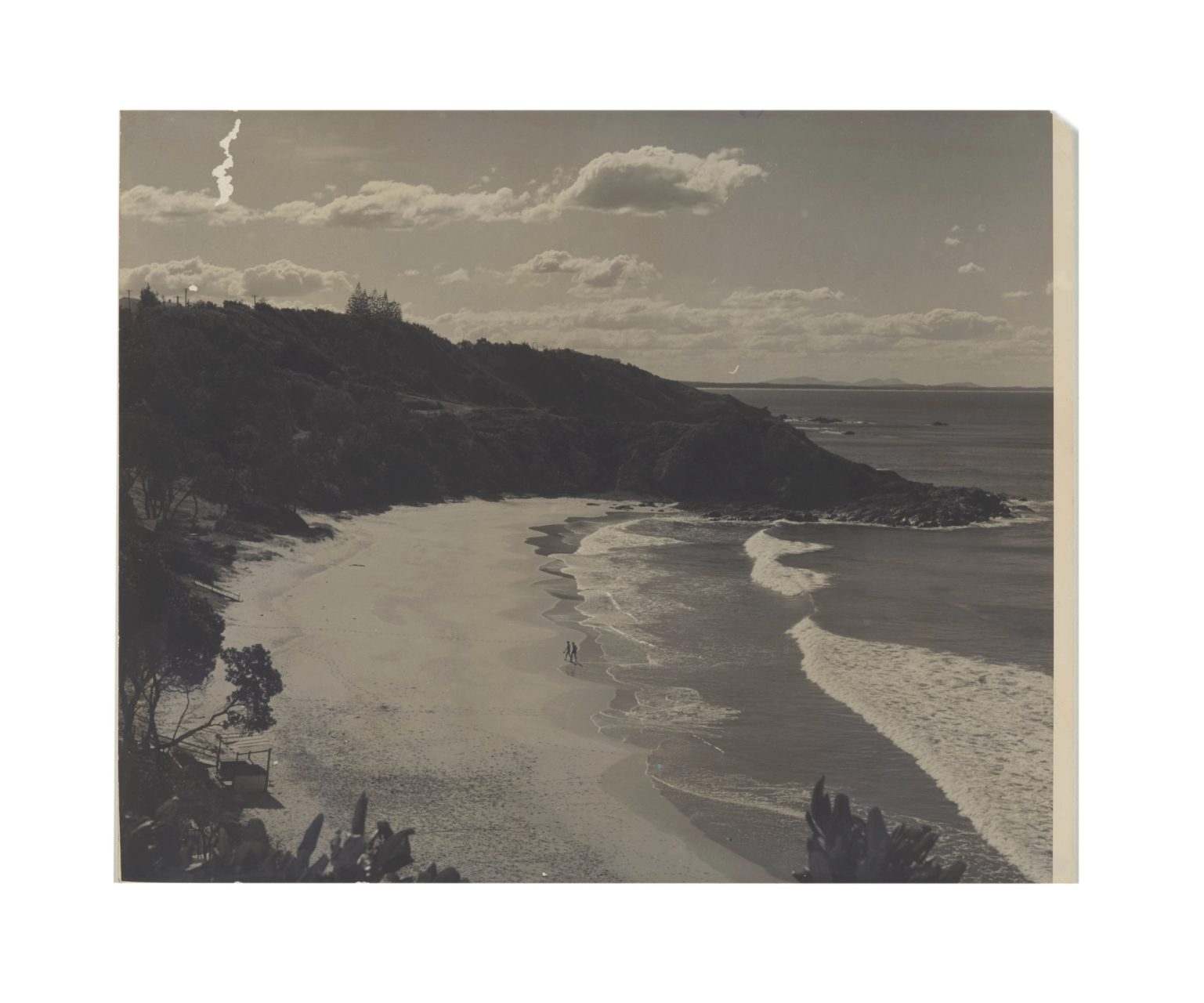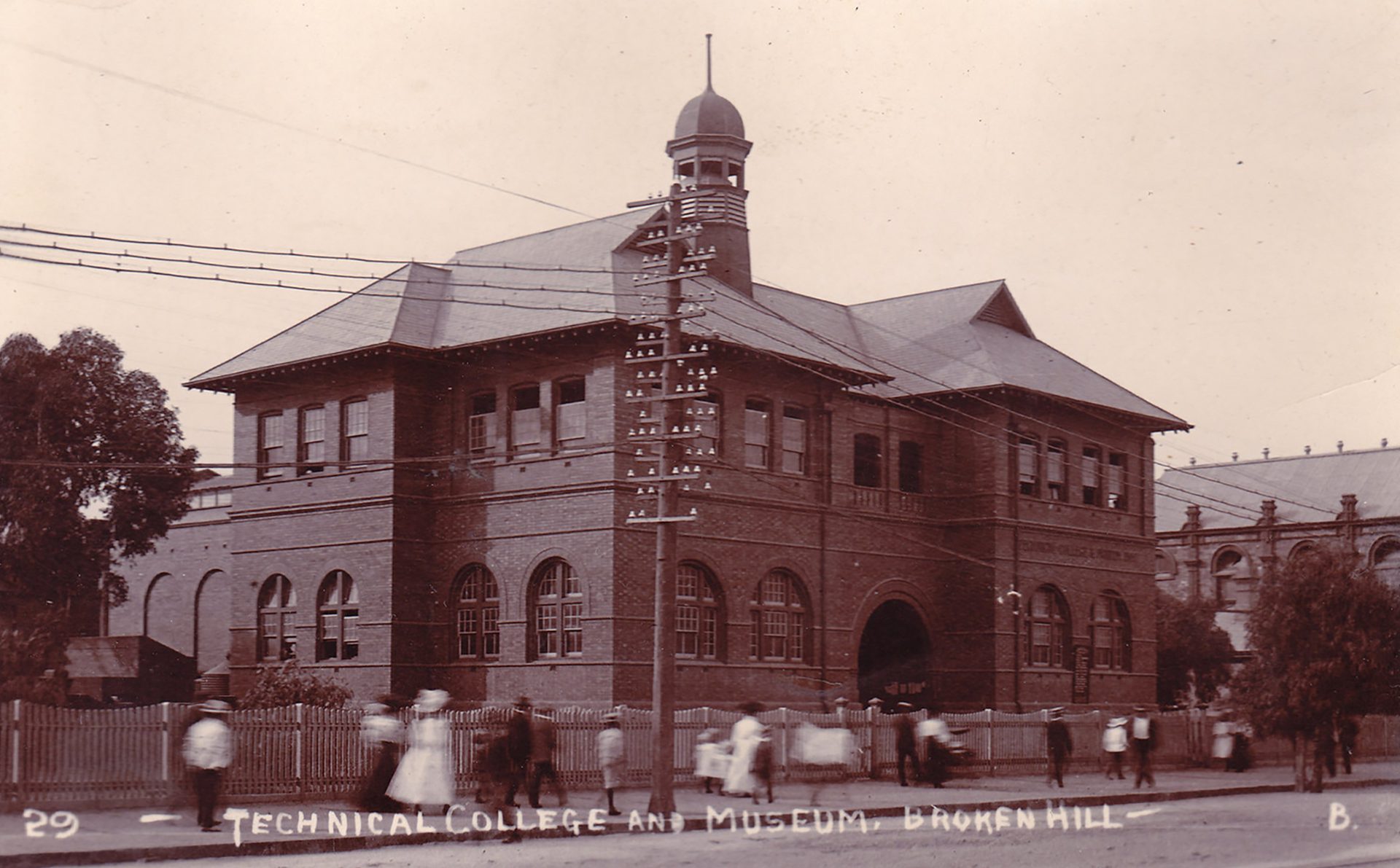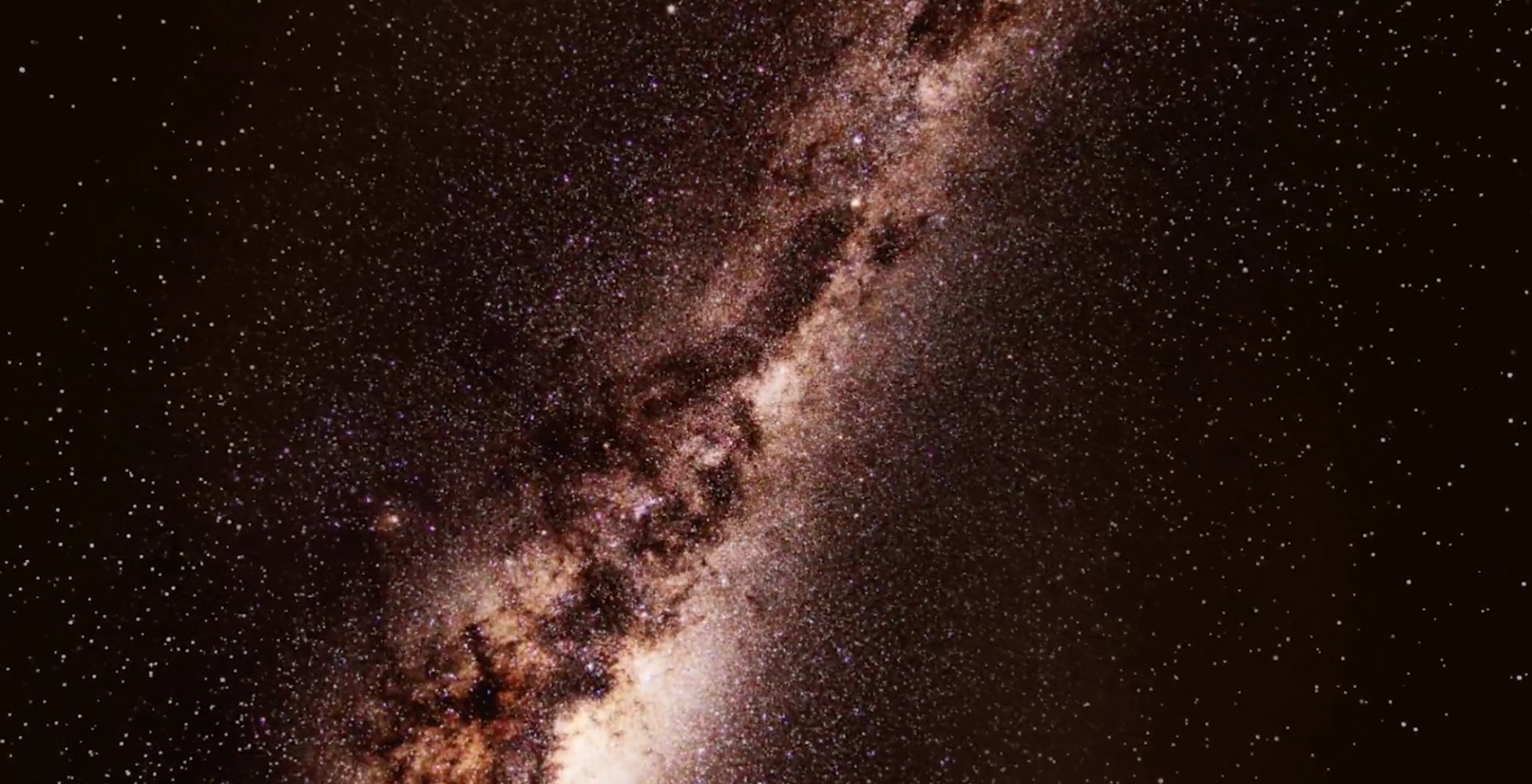Extending Storyplace: Port Macquarie Museum

From the opalised fossils of Yuwaalaraay Country and the fishing nets woven by the Birpai women of Guruk to the black and white photographs displayed on museum walls — objects hold multiple stories.
Looking to regional New South Wales and how communities and histories shape place, Powerhouse x Museums & Galleries NSW: Extending Storyplace encourages us to think about the intricacies of story and its keepers; what museums collect and how; and the development of story exchange in the digital world.
For Extending Storyplace: Port Macquarie Museum, Dr Aunty Rhonda Radley (Birrbay Dhanggati) and Trish McInherny (Birpai Thungutti) share Birpai culture and stories not held in Powerhouse or Port Macquarie Museum collections.
Their works amplify Birpai histories and preserve them in our communities and museums for future generations.
Aboriginal and Torres Strait Islander audiences are advised this story reflects on colonial violence inflicted upon Aboriginal people and contains the names of deceased persons.
‘Blackmans Point (southern side) is a place I lived with my mob. All the children were brought up gathering and eating fish, crabs and oysters from the river. ’
We lived on the banks of Fernbank Creek that flowed into the Dungang, ‘Hastings River’. There was an abundance of wildlife, and it was a place of play, adventure and connection.
The mob talked about a massacre of Birpai people on the northern side of Blackmans Point. As a child I didn’t understand what this meant.
I was a little girl at the time I went fishing with Uncle Trevor. We left the riverbank on the southern side and headed towards the northern side, near the entrance to Maria River. The family called this place Guulawaa. This is where Uncle Trevor set his net to catch the fish. In this area I felt a deep sense of sadness because of this big emotion. I have a strong memory of this event.
The poem is an expression of the memory, the sounds, the feelings and the thoughts that capitulate this experience.
— Dr Aunty Rhonda Radley
Blackmans Point Yarn
Dedicated to Uncle Trevor Rumble and Birpai Ancestors
The push off from the shore, guides the vessel into a silent, dark place.
The breath of Uncle and the Watcher, emerges with the hums of the land and river life.
The tug of swirling water, tells us the river crossing is ahead.
The mist floats above the water, the river appears like a black silk blanket.
The paddles glide through the water.
The boat creaks and moans, as its belly moves to the rhythm of the pull.
The sounds of moving parts act as a backdrop to Uncle’s breath.
The ancestors are felt, the bumps on the skin appear.
The shore is close, the sandbar is submerged, Guulawaa rock is known to be near.
The screams of the killed, soundless throughout this point, the heart is still.The stillness and noise of movement magnified while the emergence of truth rests.
The paddles glide through the water.
The boat creaks and moans, as its belly moves to the rhythm of the pull.
The sounds of moving parts act as a backdrop to Uncle’s breath.
The net’s corks squeak and the leads click and clack.
The noise of a net being rolled out from the boat, amplified in the stillness of the night.
The thrashing of river life, trapped, imprisoned in a weave of thread, echoes across the water.
The huffs and puffs escape from Uncle’s mouth, as the net and catch fill the boat.
The paddles glide through the water.
The boat creaks and moans, as its belly moves to the rhythm of the pull.
The sounds of moving parts act as a backdrop to Uncle’s breath.
The vessel touches the wharf with a thud, the night is done.
The sun finds Uncle separating the catch and cleaning the net.
The memories of the night, imprinted in a little girl’s might.
The story of the river and the ancestors, forever resonating through time and space.
‘Dr Aunty Rhonda's poem reminds us of how important the river system and environment is to Birpai culture and our whole community. The Barayal Bila (River Song) project has provided an opportunity to include Birpai voices into an exhibition at our museum for the first time — creating pathways for enlightenment and healing.’
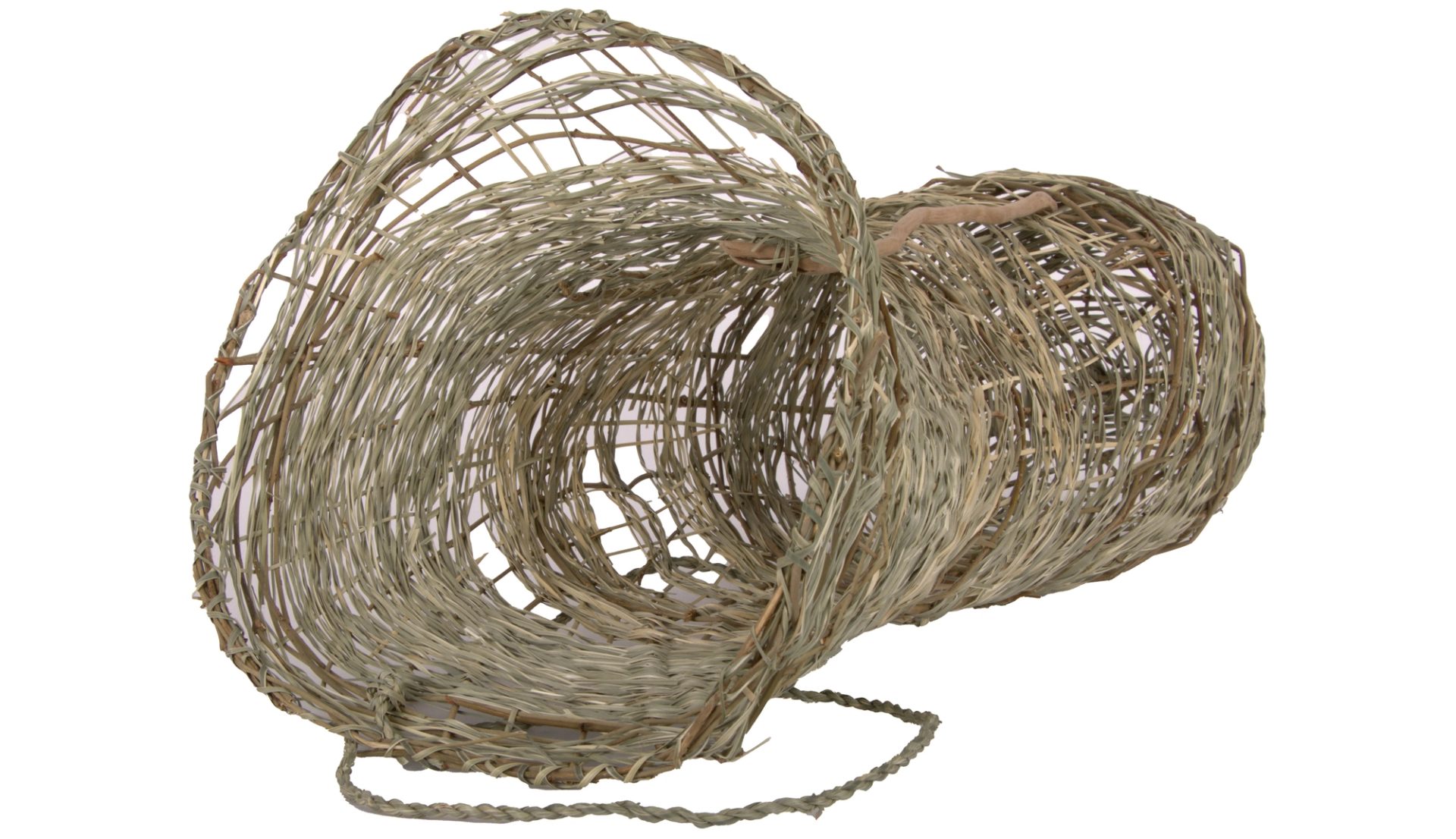

Buna Fishtrap (fishtrap for beach) is handcrafted using the natural resources collected and gathered on Country: invasive vine and native Lomandra (mat rushes). The techniques of random patterns and string weaving produce a strong vessel for catching and containing small bait fish.
The histories held and shared by Buna Fishtrap and Blackmans Point Yarn invite us to rethink how we engage with and accept the stories told by collection objects. With Birpai women’s knowledge, a photograph of a coastal scene becomes a place to cast their fishtraps and the significance of place is understood in ways unconsidered by non-Indigenous photographers like Thomas Dick. Centring First Nations knowledge provides a deeper connection to the histories and objects that shape us.

About the Artists
Dr Aunty Rhonda Radley (Anjilkurri) is a proud Birrbay/Dhanggati woman from the mid-north coast of New South Wales — she walks with her saltwater, freshwater ancestors. Aunty Rhonda is an active Aboriginal community Elder supporting the revival of culture through language and practices. She shares stories through art as an invitation for all to connect with Aboriginal peoples’ stories and cultural practices, and the importance of caring for Country.
Patricia (Trish) McInherny is a Birpai and Thungutti descendant. She is a master weaver and loves to share her culture through art.
About the series
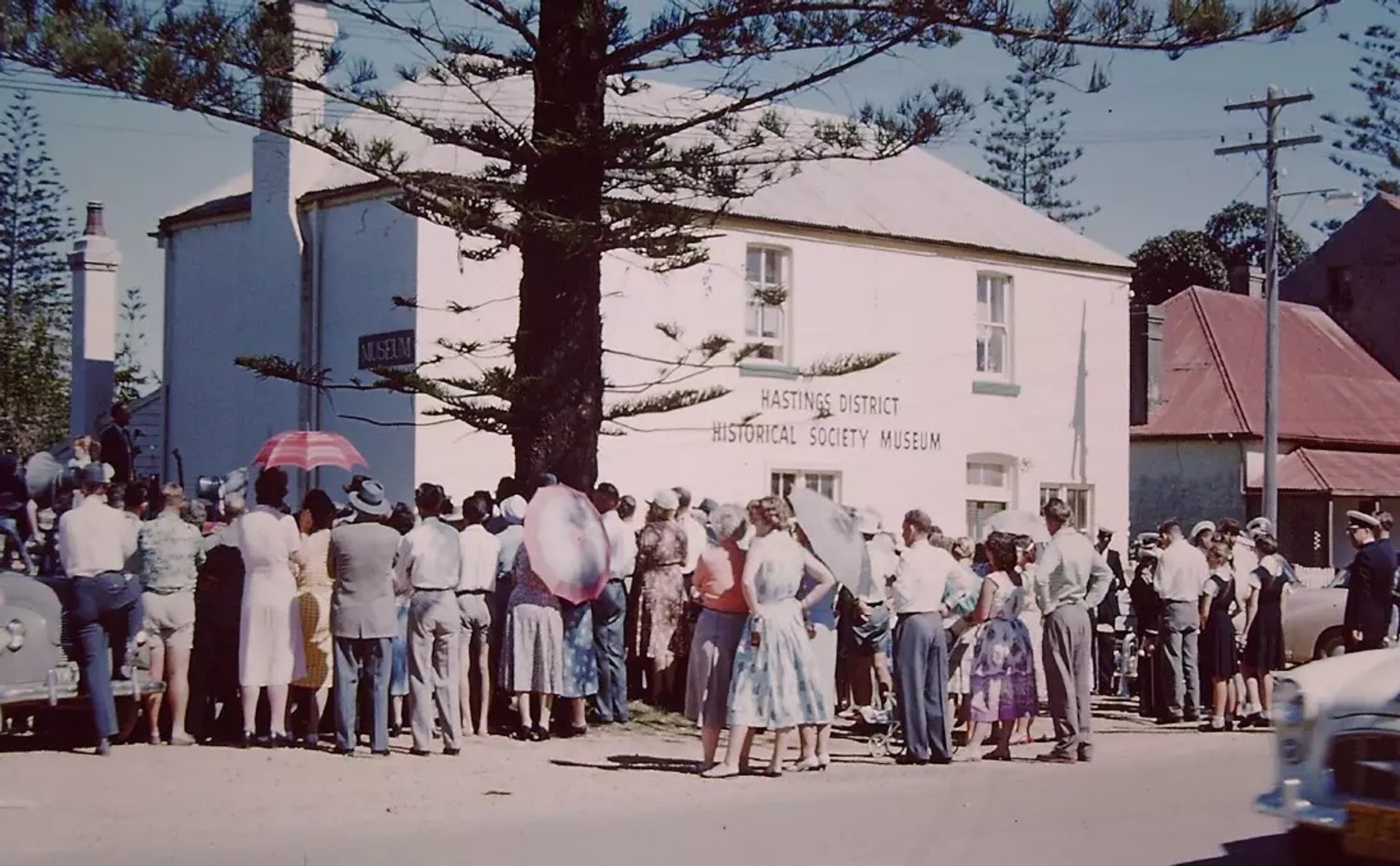
Powerhouse x Museums & Galleries of NSW: Extending Storyplace is a digital series based on themes of truth-telling, dualities, multiple perspectives, and the intersections of time, people and history.
Powerhouse has long facilitated a regional network across New South Wales. Active since 1890, it has seen a reciprocal relationship across exhibitions, collections and programs.
Museums & Galleries of NSW helps small-medium museums, galleries and Aboriginal cultural centres create exciting experiences for visitors and, through this, thriving local NSW communities.
Storyplace publishes stories about the history and culture of NSW. Its stories are inspired by the objects, records and artworks cared for by museums, galleries and Aboriginal cultural centres, located throughout regional NSW. Storyplace stories are told by various authors and from different points of view. Stories about regional landscapes, localities, towns, villages and communities, along with the animals, peoples and ideas that have shaped or influenced them, can all be found at Storyplace.
Port Macquarie Museum is an independent community museum on Birpai Country, the mid north coast of NSW. The museum collects, preserves and shares local cultural collections and their stories about Port Macquarie's identity and history onsite and online.
More
First Nations
Powerhouse is committed to implementing Indigenous ways of working across all Powerhouse sites and areas of practice, including collections, curatorial, learning, public programs, design and delivery, communication, administration, operations, strategy and governance.
Regional
Since 1889 Powerhouse has been engaging with regional communities through object loans, knowledge sharing, public programming, co-productions and exhibition partnerships.
